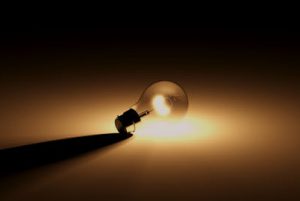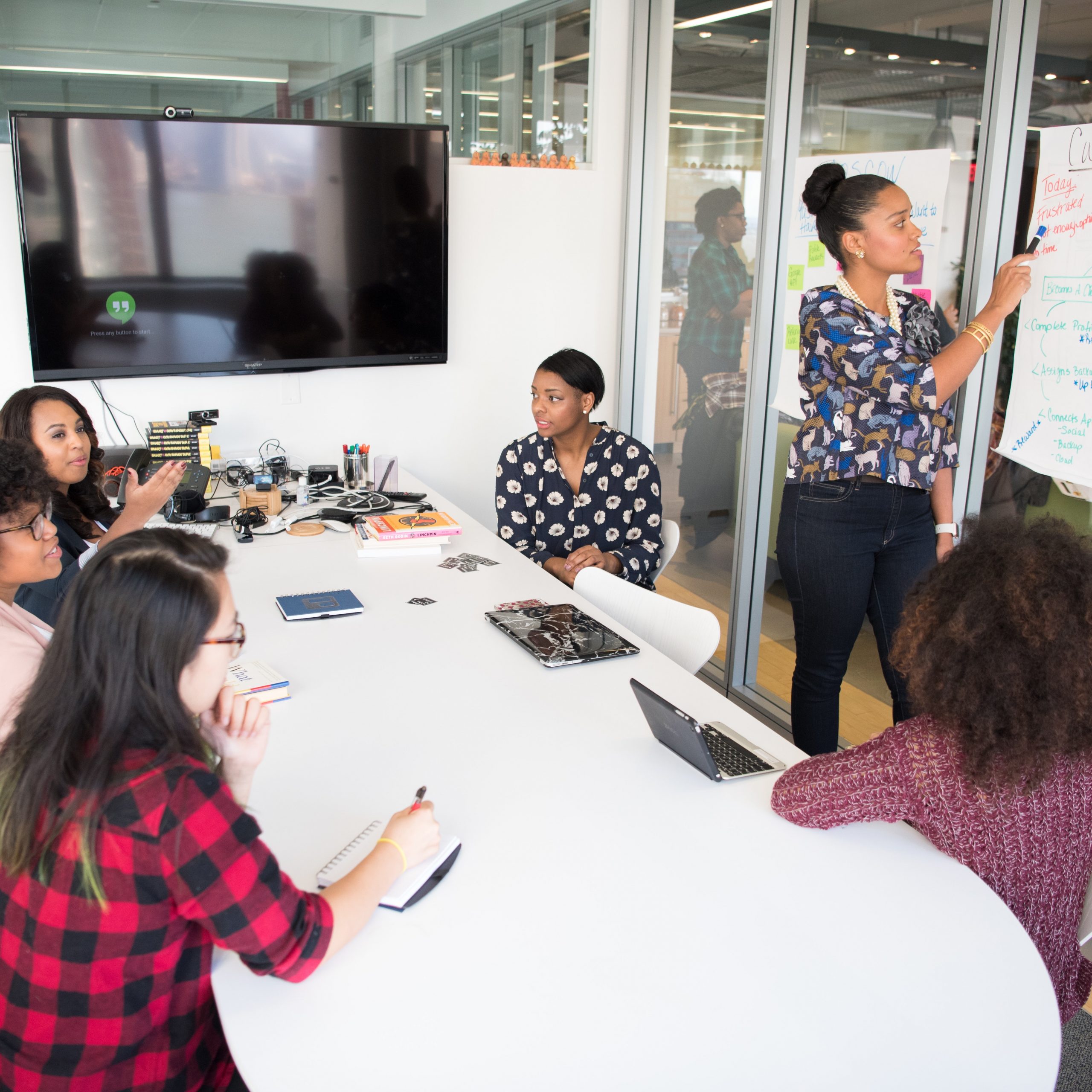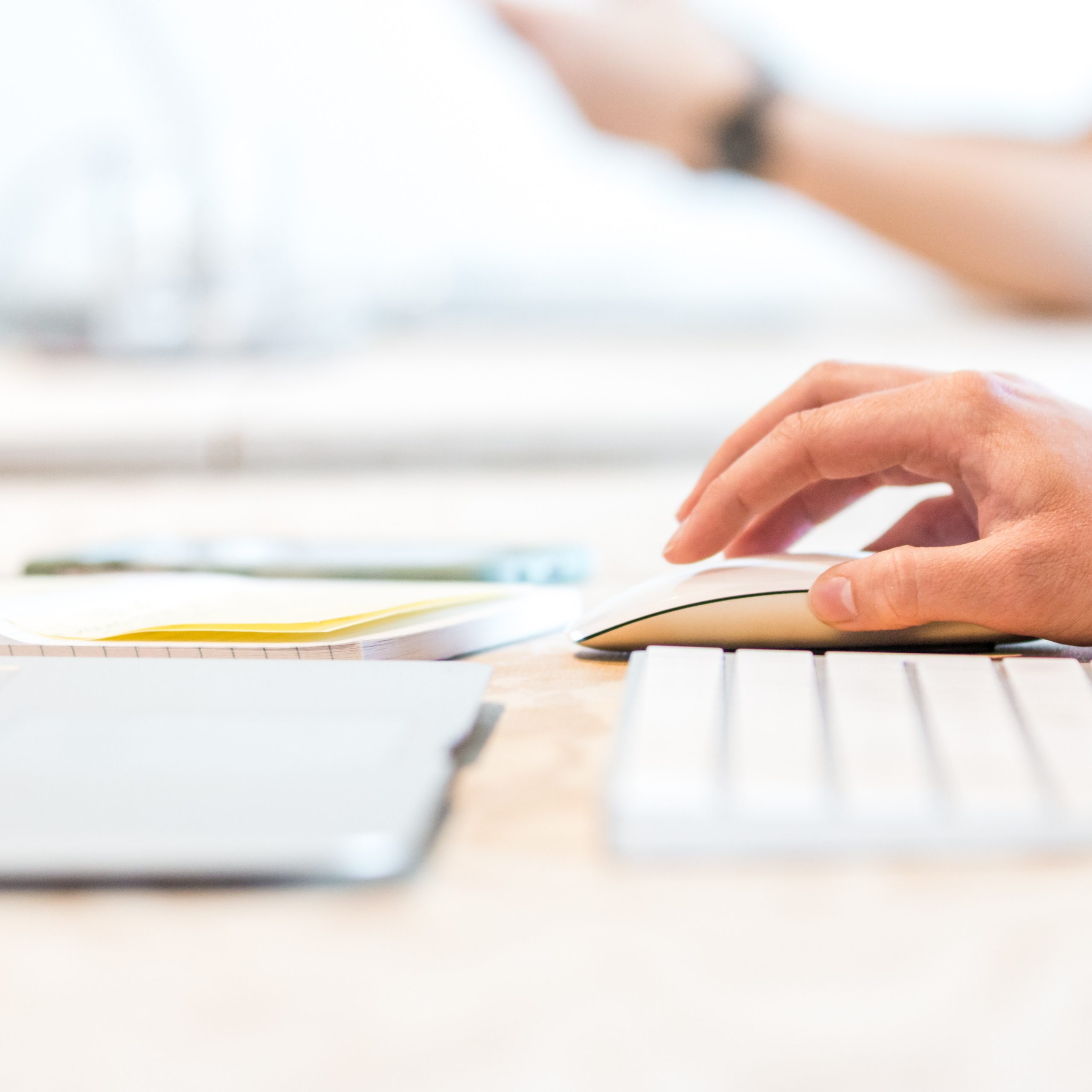Your phone is blowing up. Your boss is talking. Your biggest client isn’t happy. You have a proposal due today, a forecast presentation in the morning and three more meetings this afternoon…and, and, and.
Even the most productive people get overwhelmed. But what do you do about it when that happens? How you deal with it speaks volumes about you, your career and your quality of life.
Three Predictable Approaches
Most of us fall into one of three predictable patterns when we are overwhelmed. The first is to roll up your sleeves and do whatever it takes to get it all done at all costs. You will get it all done because no other option seems viable.
With the second approach, you deliver the highest priorities on time, yet accept the repercussions of not completing the others right now. You minimize the costs, but you consciously choose to risk a loss.
The third approach happens when you are simply overwhelmed and freeze, incapable of turning in any direction. When everything is a priority, nothing is. So, you turn out the lights, ignore the consequences and choose to deal with it tomorrow.
Surprisingly, a good case can be made for all three options. Sometimes the best choice might be to start fresh in the morning when you are more capable of evaluating rational decisions with a clearer perspective. Other times, delivering the impossible is a career-changer.
Strategies to Handle More Than You Can Handle
- Vary Your Choice – Always choosing the all-in approach will eventually lead to burnout, bad decisions, and a lop-sided quality of life. Always choosing the third approach leads to failure both professionally and personally. Even choosing the middle, more balanced choice every time, will deliver a compromised career and family life.
Weigh and vary the choice you make. Your colleagues will know that you will absolutely be there when it is on the line. And your loved ones will know that you can be counted on. Better to dive in wholeheartedly when the demands require it; balance it all when viable; and relax and rejuvenate when body and soul are in need.
- Have a Crystal Clear Big Picture Plan – Invest considerable time up front identifying what is important to you, both professionally and personally before the crisis hits. The best planning tools push you to concisely identify long-term plans and priorities, and then bring those plans into pinpoint focus of what you should be working on now.
Experiment with my one-page 90-Day Personal Strategic Plan to focus your attention on your highest priorities this quarter. Aligning corporate and personal goals will streamline your efforts to be more valuable and valued.
Having a solid plan at your fingertips allows you to more nimbly weigh a new opportunity or crisis against a well thought out backdrop. It takes far less time, less stress and gives you and your team the capability to respond with far more agility.
- Use Simplistic Tools to Identify Priorities – The absolute simplest tool is also a favorite: The Must-Do, Should-Do and Could-Do list. It doesn’t get any easier and amazingly reduces stress by breaking things into more manageable sizes. It is a great offshoot of the ABC time management tool with A representing your highest priorities.
“What is urgent is rarely important, and what is important is rarely urgent” defines another great tool, the Eisenhower Decision Matrix. It is widely attributed to General Dwight D. Eisenhower, the 34th U.S. President. This now famous matrix puts all decisions into one of four quadrants: Urgent and Important, Important Not Urgent, Urgent Not Important, and Not Urgent not important.
- Look for Creative Solutions in the “Time, Scope, Resources Triangle” – You cannot adjust any of the three legs of this triangle without impacting the other sides to compensate. This long-standing project management tool can be valuable in leading us to more creative solutions.

Rather than pounding out the deliverable at all costs, is it possible to change the scope? Or add more resources? Would a higher quality end-product be more valuable than an earlier delivered product of a lesser value? Brainpower often trumps brawn. Consider many options.
- Good Stress versus Bad Stress – To build muscle, weight-lifters know that there are three important steps: stress, recovery, growth. Exercise is a process of tearing down muscles. Recovery is necessary for the new growth. Without enough recovery time, athletes end up exhausted beyond peak performance or injured.
The same takes place in our brains. New demanding scenarios that put us on the outer edge of our comfort zone, will cause new synapses to grow and new connections to develop in our brains. We learn valuable skills and adaptability. But too little down time will lead to cumulative stress that has the opposite effect. Individuals suffer the costs of burnout and employers suffer the high cost of turnover.
You can do anything you can think of, but you cannot do everything you can think of today. Grand visions can become reality but only when you can manage through the peaks and valleys. Use these tools to start creating that pathway, so that you can meet the challenge, overcome the obstacles and deliver the amazing. The thrill will feel exhilarating.









